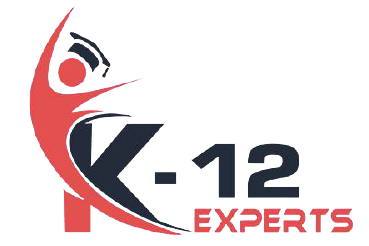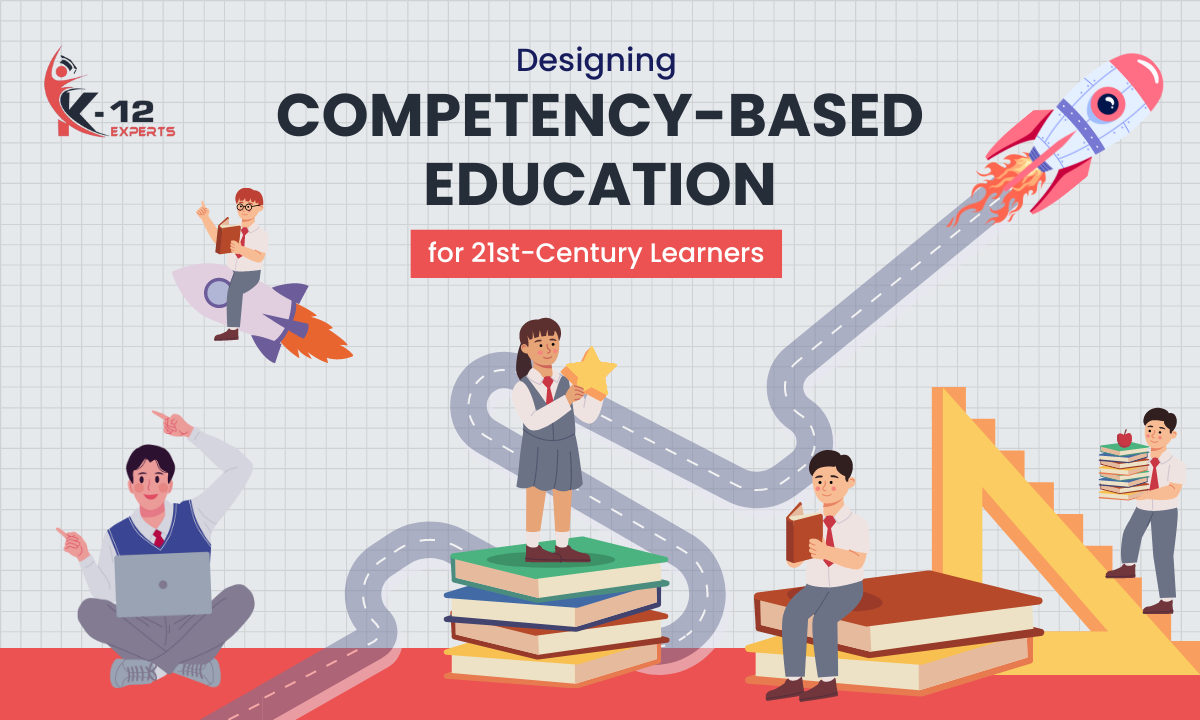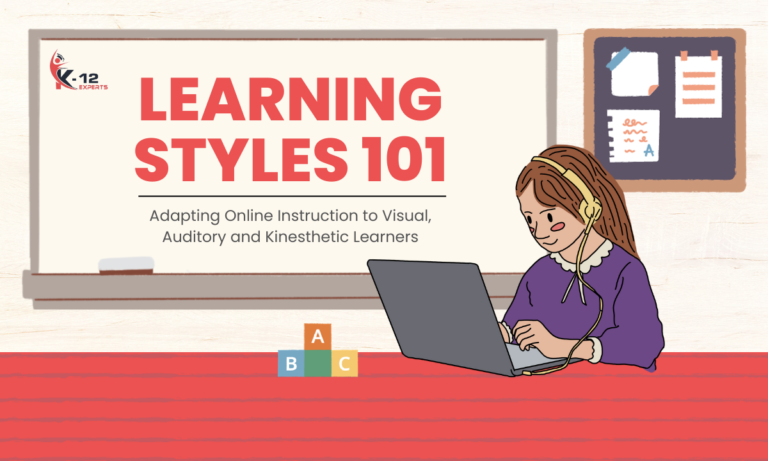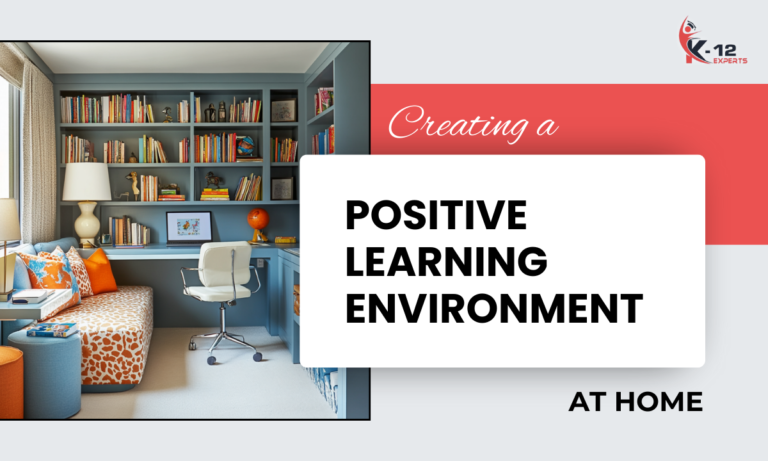You’re tasked with preparing today’s students for the 21st century, an era marked by technological evolution, shifting workforce needs, and complex global challenges. It’s clear that a reconceptualization of our education system is needed, one that puts a renewed focus on preparing students who can adapt and excel through a competency-based model grounded in real-world outcomes that are measurable and demonstrative of mastery in core elements such as creative thinking. How will we shape personalized learning pathways? This necessitates a critical look at the systemwide efforts that will effectively facilitate its integration.
Defining 21st-Century Competencies
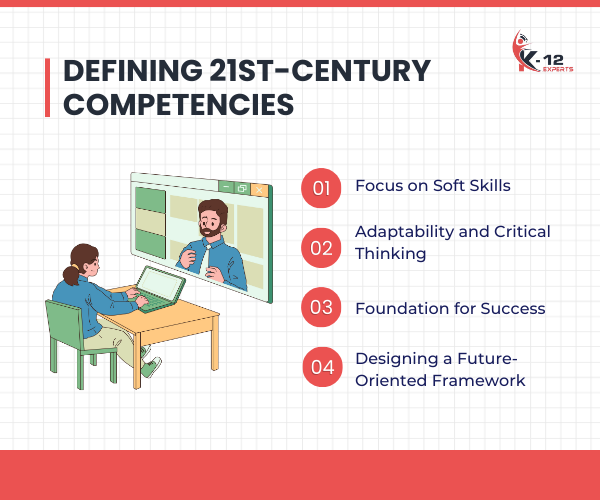
As you design a competency-based education framework, defining 21st-century competencies is pivotal because it helps you clarify the specific skills, knowledge, and attitudes students need to succeed in an increasingly complex and interconnected world.
You’ll want to focus on soft skills like communication, collaboration, and problem-solving, which are essential for future readiness. These skills enable students to adapt to new situations, work effectively with others, and think critically.
By emphasizing soft skills, you’ll help students develop a strong foundation for success in both their personal and professional lives.
As you define 21st-century competencies, consider what skills and knowledge will be most valuable in the future and design your framework accordingly.
This will guarantee that your students are well-prepared for the challenges ahead.
Principles of Competency-Based Education

You’re now ready to explore the principles that underpin competency-based education.
As you examine the competency-based education framework, you’ll learn how to structure learning around transparent, measurable competencies that prepare students for success.
Competency-Based Education Framework
A well-structured competency-based education framework is built on several core principles that define how learning is organized, delivered, and assessed.
As you develop this framework, you’ll focus on creating a clear structure for education reform. You’ll identify the key competencies students need to master and design assessments that accurately measure their progress.
Framework development involves mapping out learning pathways that allow students to progress at their own pace.
You’ll also prioritize transparency and equity, ensuring that all students have access to the resources and support they need to succeed.
By establishing a clear and consistent framework, you’ll create a foundation for effective competency-based education that prepares students for success in the 21st century.
This framework will serve as a guiding document for educators and stakeholders.
Personalized Learning Outcomes
Establishing personalized learning outcomes is a pivotal principle that enables you to tailor instruction to individual students’ needs, interests, and abilities.
By creating learning profiles for each student, you can identify knowledge gaps, strengths, and learning preferences, allowing you to adjust instruction accordingly.
Adaptive assessments play a fundamental role in informing these profiles, providing ongoing feedback on student progress, and adjusting their learning pathways as needed.
With personalized learning outcomes, you can guarantee that students are working towards specific, measurable, and attainable goals that align with their unique needs and aspirations.
Personalized Learning Pathways
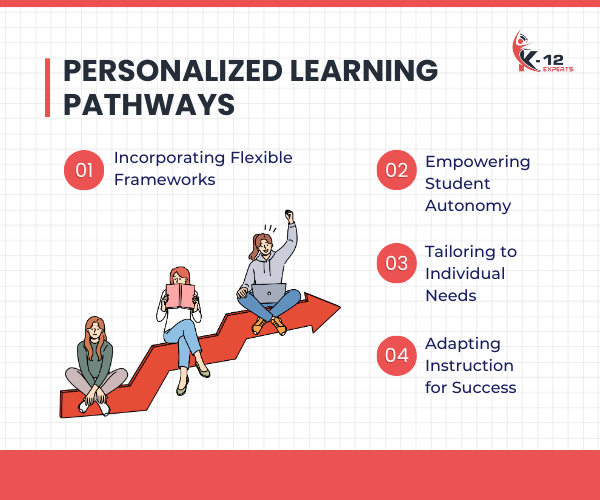
Teachers and administrators design personalized learning pathways to help students navigate competency-based education at their own pace, leveraging individual strengths and addressing specific weaknesses.
As you create these pathways, you’ll want to incorporate flexible frameworks that allow students to take ownership of their learning. This approach empowers student autonomy, enabling learners to make choices about the pace and content of their education.
You’ll need to weigh each student’s unique needs, skills, and learning style when designing their pathway. By doing so, you’ll create a tailored learning experience that fosters engagement, motivation, and academic success.
Flexible frameworks also enable teachers to adapt instruction to meet the evolving needs of students, ensuring that learners stay on track to meet their personalized learning outcomes.
Assessing Student Mastery
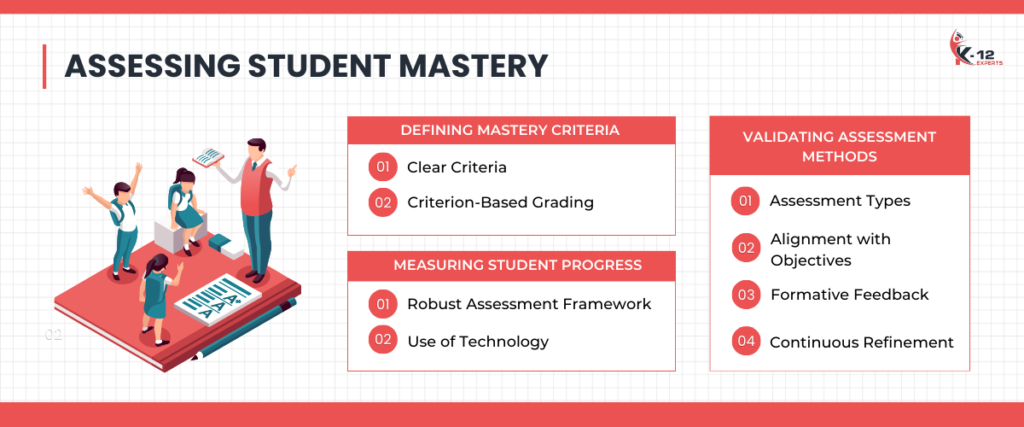
As you design a competency-based education system, you need to develop a clear understanding of what constitutes mastery and how to measure student progress toward achieving it.
You’ll define mastery criteria that are specific, observable, and relevant to each competency, ensuring that they’re measurable and can be validated through various assessment methods.
Defining Mastery Criteria
To determine whether students have achieved mastery, you need clear criteria that define what mastery looks like for each competency.
You’ll use these criteria to assess student work and determine whether they’ve met the mastery thresholds.
In a competency-based system, you’ll use criterion-based grading, where students are graded against a set of criteria rather than against their peers.
This approach guarantees that students are held to a high standard and that grades accurately reflect their level of mastery.
By defining mastery criteria, you’ll create a clear roadmap for students to follow, and you’ll be able to provide targeted support and feedback to help them achieve mastery.
This clarity will also help you to make informed decisions about student progression and graduation.
Measuring Student Progress
Measuring student progress in a competency-based system requires you to develop a robust assessment framework that accurately captures students’ mastery of specific skills and knowledge.
You’ll want to use a combination of assessment methods, including self-assessment strategies, to help students take ownership of their learning.
To get a more complete picture of student progress, you’ll also need to incorporate technology, such as learning analytics tools, into your assessment framework. These tools allow you to collect and analyze data on student performance in real time, identifying areas where students may need additional support.
Validating Assessment Methods
Once you’ve established a robust assessment framework to measure student progress, you need to validate your assessment methods to certify they’re accurately evaluating student mastery of specific skills and knowledge.
This is vital to guarantee that your competency-based education system is reliable and effective.
To achieve this, consider the following:
- You’re using a mix of assessment types, such as projects, quizzes, and presentations, to cater to different learning styles and reduce cognitive load.
- Your assessments are aligned with the learning objectives, providing clear and concise instructions.
- You’re providing regular formative feedback that guides students toward mastery.
- You’re continuously refining your assessment methods based on student performance data and feedback.
Technology-Enhanced Learning Environments
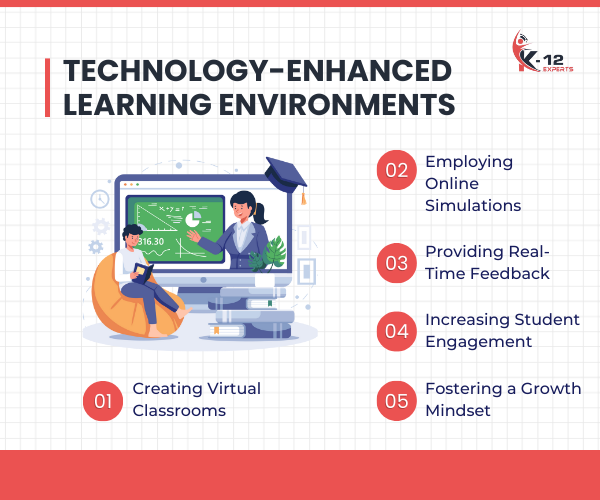
When designing competency-based education, you leverage technology-enhanced learning environments to facilitate personalized learning pathways, real-time feedback, and transparent assessment of student mastery.
You create virtual classrooms where students can access tailored learning resources, interact with instructors, and collaborate with peers.
Online simulations are also employed to immerse students in real-world scenarios, allowing them to apply theoretical concepts and develop practical skills.
Technology-enhanced learning environments provide immediate feedback on student performance, helping you identify areas where they require additional support or enrichment.
By harnessing these technologies, you can increase student engagement, accelerate learning, and guarantee that students are well-prepared to succeed in the 21st century.
This personalized approach also fosters a growth mindset as students take ownership of their learning journey.
Scaling and Sustaining CBE Models
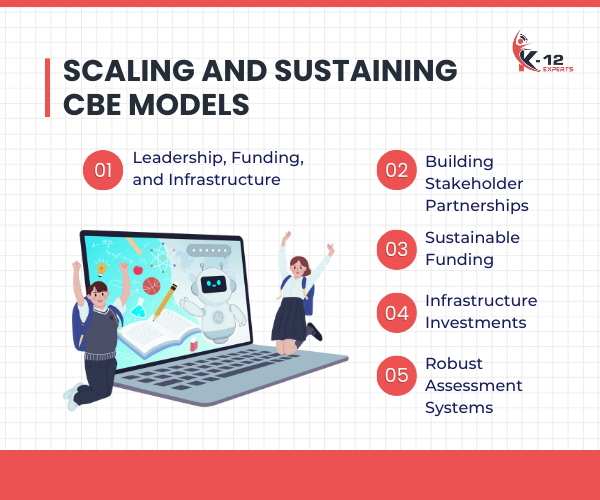
To bring competency-based education to more students, you need to develop strategies for scaling and sustaining these models, which often require significant changes to existing institutional structures, policies, and practices.
You’ll need to rethink your approach to leadership, funding, and infrastructure.
Effective CBE leadership will help you navigate these challenges.
You’ll need to build partnerships with stakeholders who share your vision for CBE.
Developing a sustainable funding model will guarantee the long-term viability of your program.
Infrastructure investments will be necessary to support technology-enhanced learning environments.
You’ll need to design robust assessment and evaluation systems to measure student learning.
Frequently Asked Questions
How Does Competency-Based Education Address Students With Special Needs and Disabilities?
You address students with special needs and disabilities in competency-based education by providing virtual accommodations and personalized scaffolding, tailoring instruction to individual learning needs, and focusing on mastery of specific skills and knowledge.
Can Competency-Based Education Models Be Adapted for Informal Learning Settings?
You can adapt competency-based education models for informal learning settings by leveraging mobile learning and community engagement. This approach enables flexible, self-paced learning, and community involvement helps validate competencies acquired outside traditional classrooms.
What Role Do Teachers Play in Competency-Based Education Compared to Traditional Models?
You’ll notice that in competency-based education, teachers play a more nuanced role as skill facilitators, fostering student-centered learning while exercising greater teacher autonomy to create adaptive, self-paced learning pathways that cater to individual needs.
How Does Competency-Based Education Impact Student Motivation and Engagement?
You’re probably thinking, “Oh joy, another reform to ‘motivate’ me.” But seriously, competency-based education actually works. With competency clarity and autonomy empowerment, you take ownership of your learning, setting you up for sweet, sweet success.
Can Competency-Based Education Credentials Be Recognized by Higher Education Institutions?
You can expect competency-based education credentials to gain traction as they facilitate seamless credit transfer and industry recognition, allowing you to capitalize on your skills and knowledge as you navigate higher education and the workforce.
Conclusion
As you craft competency-based education for 21st-century learners, carefully crafted frameworks crystallize key competencies, connecting skills and knowledge.
Clearly defined mastery criteria confirm measurable assessments, while cutting-edge technology creates tailored learning pathways.
Constant feedback and continuous improvement fuel student success, closing the gap between current capabilities and future-focused goals.
By converging principled practices and personalized learning, you’ll cultivate a bright, bold generation of 21st-century changemakers.
